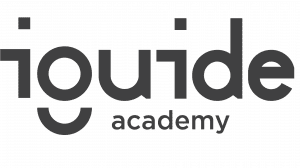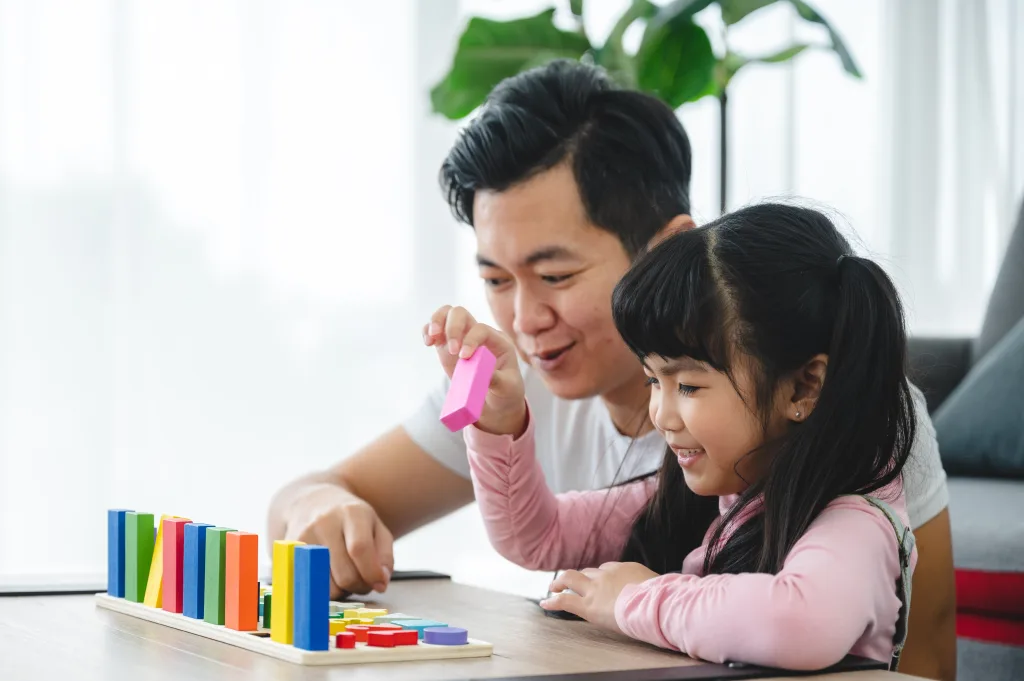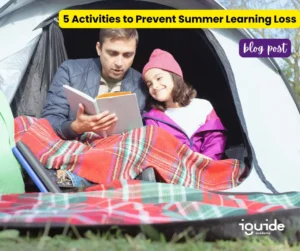Is your child viewing math as a boring subject that only exists in the classroom? Math can be daunting or dull for many children when it is limited to textbooks and schools. Many students think that math is something that we do in schools only. But let’s uncover a little secret together: math is not limited to the classroom. It’s all around us, playing a crucial role in our daily lives, whether we realize it or not. In this post, we’ll look at a few interesting math activities that will not only spark your child’s interest in the subject, but also show them how math is used in all aspects of their everyday lives.
1. Math in the Kitchen
Cooking is more than just following recipes; it’s also a fun math activity. Invite your child to join you in the culinary experience, and use measurements and proportions to introduce them to the world of math.
Start with a simple recipe and have your child measure all the ingredients. Talk about ideas like addition (1 cup plus 1 cup), multiplication (2 tablespoons x 4), and fractions (12 cup of wheat).
Scaling Recipes Set a challenge for your child to double or cut a recipe in half, making the necessary adjustments to the ingredients. It’s a great approach to work on division and multiplication skills.
The Cooking Time: Set a timer and keep track of cooking times. This is a great chance to practice addition and telling the time.
With the above math activities, you’ll be reiterating the idea that math isn’t just about numbers as you bond over delicious meals; it’s also a tool for developing exquisite dishes and pleasing your taste buds!
2. Managing Your Money
Teaching your child how to handle their money is an important life skill and a great way to introduce them to practical math ideas.
The stipend Game: Begin by giving your child a weekly stipend. Have them construct a spending, saving, and sharing (perhaps charitable) budget. They’ll learn about addition, subtraction, and percentages as they must manage their money carefully.
Go grocery shopping with your kid and have them help you compare pricing, figure out discounts, and determine how much the cart will cost in total. They will learn about budgeting and finding the greatest offers through this practical math practice.
Savings Challenge: Encourage your child to establish a savings goal. They can monitor their progress and gain knowledge of the value of interest and saving.
3. DIY Projects and Home Improvement Math
If you are planning a home improvement, involve your child in its planning and management. Geometry, measurements, and budgeting are made real through this practical math learning experience.
Measurement is essential when working on tasks like building furniture or painting a place. Teach your child to use rulers or tape measures to measure objects precisely.
When figuring the proper amount of paint or wallpaper for a room, consider the notions of area (how much space a surface covers) and perimeter (the distance around a shape).
Participate with your child in creating a budget for a household project. Discuss any potential overruns, material costs, and labour expenses (if applicable).
These math activities not only involve the whole family in home repair projects, but they also highlight the crucial role math plays in designing the perfect home.
4. Saving Money When You Shop
Shopping is a fantastic opportunity to introduce math concepts such as percentages and unit prices.
Discount Detective: Set a challenge for your kid to look for the best discounts when they shop. They can calculate discounts and establish the final price of things on sale.
Unit Price Hunt: Teach your child to compare unit pricing (price per ounce, pound, etc.) to determine which product provides the best value.
Coupon Cruncher: If you utilize coupons, have your kid figure out how much money you’ll save. They will study percentage computations and subtraction.
By integrating your child in the purchasing process, you are not only making math more relevant to them, but you are also assisting them in becoming savvy consumers.
5. Plan Your Travel Adventures
Considering a family getaway? While planning your route, this is a great chance to investigate mathematical ideas.
Calculate the distances between locations and the elapsed times required to drive there. Your child will learn how to read maps and calculate times from this.
Budgeting for Fun: Involve your youngster in creating the spending plan for your vacation. Talk about the costs associated with lodging, meals, and activities.
Currency Conversion: If you’re travelling abroad, explain the idea of currency conversion to your kids so they can grasp how the value of money varies from one country to another.
These travel-related math problems show how math is necessary for navigating the world and also make trip planning interesting.
6. Math in Nature
Math is more than simply numbers; it also involves patterns and shapes that can be found in nature. In your backyard or a neighbouring park, take your kid on a math expedition.
Create a list of things to look for in nature, such as diverse leaf shapes, different-sized rocks, or flowers with a certain amount of petals. The key concepts here are counting and pattern recognition.
Look for symmetry in leaves, flowers, and insects when doing symmetry spotting. Discuss the meaning of symmetry and how it manifests itself in nature.
Measurements and estimations: Bring a ruler or tape measure with you to measure anything you find in nature. Encourage your kid to make measurements on the fly before verifying their correctness.
These math exercises demonstrate how math enables us to comprehend and value the patterns and beauty present in the natural world.
By introducing these enjoyable and stimulating math activities into your child’s daily schedule, you’ll show them that math is more than just a school subject—it’s a tool for resolving problems in real life and coming to wise conclusions. Math is everywhere, from the kitchen to home repair tasks, the shopping mall, and even the great outdoors. Take advantage of these chances to encourage critical thinking in your child, ignite their interest in math, and demonstrate that math is a way of life. So let’s go off on this mathematical expedition together and discover all the opportunities math provides for our daily lives!
About iGuide Academy
At iGuide Academy, we’re committed to nurturing a love of math and integrating it throughout your child’s learning experience. Our objective is to help your child not only excel in math classrooms, but also see the importance of math in everyday life. Together, we’ll set out on a mathematical journey that will hopefully lead to development, investigation, and the acquisition of lifelong abilities. Join us in exploring the world of mathematics, where learning is endless and opportunities are limitless.
Read more on Math Learning: Benefits of a Math Tutor | A Comprehensive Guide






